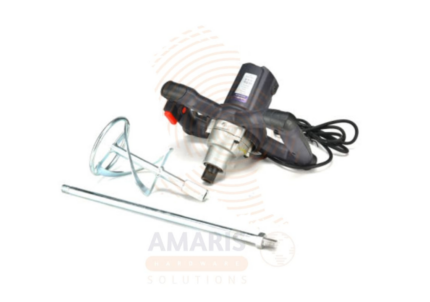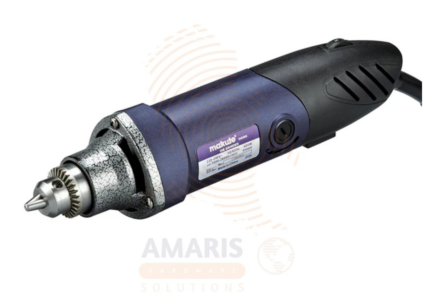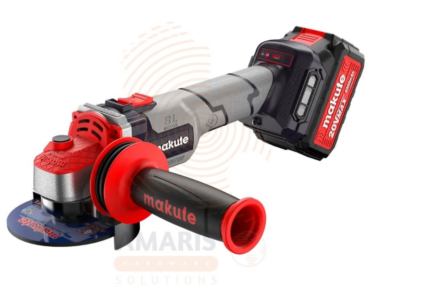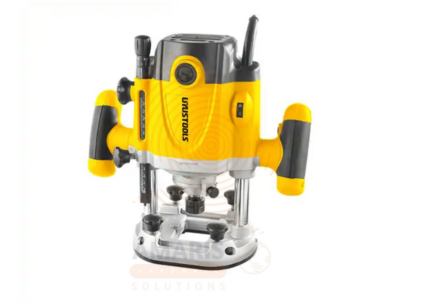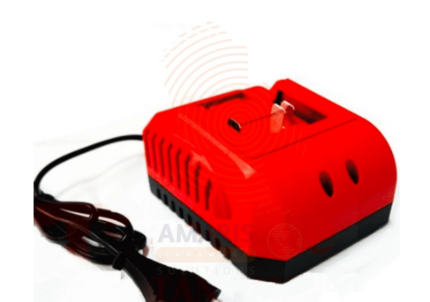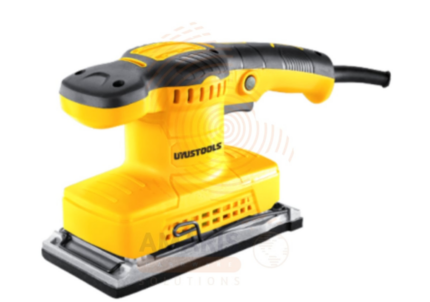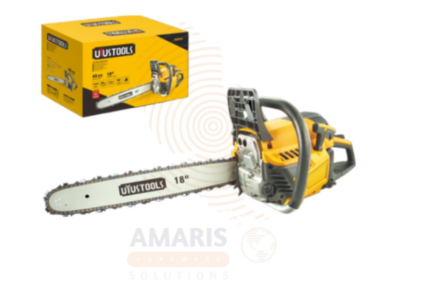
Walking Tractor
A Walking Tractor, also known as a two-wheel tractor or hand tractor, is a versatile, compact agricultural machine designed for small to medium-scale farming, gardening, and land preparation tasks. It features a powerful engine mounted on two wheels with handlebars that allow the operator to walk behind and control the machine. This type of tractor is highly maneuverable, ideal for working on small plots, narrow pathways, and hilly terrain where larger tractors cannot operate efficiently. Walking tractors can be fitted with a variety of attachments including plows, tillers, seeders, trailers, and harvesters, making them multipurpose tools for soil cultivation, planting, transportation, and harvesting. They provide an affordable and efficient mechanization option to improve farm productivity, reduce labor intensity, and increase crop yields.
Uses
- Soil Preparation
- Tilling and plowing soil to prepare seedbeds, loosen compacted earth, and mix organic material.
- Ideal for cultivating small to medium plots, gardens, and vegetable farms.
- Planting and Seeding
- Equipped with seeders and planters for uniform sowing of various crops.
- Helps increase planting efficiency and consistency.
- Weeding and Pest Control
- Can be used with rotary hoes and cultivators to control weeds without damaging crops.
- Assists in pest control by enabling better soil aeration.
- Transport and Hauling
- Fitted with trailers or carts, it can transport harvested crops, tools, and materials around the farm.
- Useful for moving goods on farms with limited access or rough terrain.
- Harvesting Assistance
- Used to tow harvesting equipment or transport produce from fields to storage areas.
- Increases efficiency during peak harvest periods.
- Landscaping and Maintenance
- Employed for land clearing, leveling, and general maintenance of agricultural or garden areas.
- Can be fitted with attachments such as mowers or sweepers for lawn care.
- Irrigation and Water Management
- Used to pull water pumps or irrigation equipment for effective water distribution in fields.
- Supports efficient irrigation practices in small-scale farming.
- Snow Removal and Other Tasks
- In colder climates, can be fitted with snow blowers or plows for clearing snow from pathways.
- Adaptable to various other seasonal farm tasks with appropriate attachments.
- Wear Appropriate Protective Gear
- Use safety glasses, gloves, and sturdy footwear when operating the tractor.
- Wear long sleeves and pants to protect against debris and moving parts.
- Pre-Operation Inspection
- Check engine oil, fuel levels, and tire conditions before use.
- Inspect all attachments for secure mounting and proper function.
- Ensure controls, brakes, and safety switches are working correctly.
- Safe Operation Practices
- Operate on stable, level ground to avoid tipping or loss of control.
- Maintain firm control of handlebars, and do not operate when fatigued or distracted.
- Avoid loose clothing that may get caught in moving parts.
- Do not carry passengers or allow others near the machine during operation.
- Maintain a Clear Work Area
- Keep the area free of obstacles, debris, and bystanders, especially children and pets.
- Use warning signs or barriers if working in public or shared spaces.
- Attachment Safety
- Only use attachments recommended by the manufacturer and ensure they are properly installed.
- Disconnect power and turn off the engine before changing or servicing attachments.
- Fuel and Engine Safety
- Refuel only when the engine is off and cool to prevent fire hazards.
- Store fuel in approved containers away from heat or sparks.
- Emergency Procedures
- Familiarize yourself with emergency shutdown procedures and controls.
- Keep a fire extinguisher nearby when operating the tractor.
- Know the location of first aid supplies and emergency contact numbers.
- Training and Manuals
- Read and understand the operator’s manual thoroughly before use.
- Only trained and authorized personnel should operate the tractor.
Stay updated on safety protocols and maintenance schedules.


 Acrylic Sealants
Acrylic Sealants Construction Adhesives
Construction Adhesives Double-Sided Tape
Double-Sided Tape Duct Tape
Duct Tape Electrical Tape
Electrical Tape Epoxy & Resins
Epoxy & Resins Masking Tape
Masking Tape
 Automotive Wrenches & Socket Sets
Automotive Wrenches & Socket Sets Battery Chargers & Jump Starters
Battery Chargers & Jump Starters Car Jacks & Stands
Car Jacks & Stands Car Wash & Detailing Products
Car Wash & Detailing Products Diagnostic Tools
Diagnostic Tools Tire Inflators
Tire Inflators Vehicle Lighting
Vehicle Lighting Oil & Lubricants
Oil & Lubricants
 Adhesives & Sealants
Adhesives & Sealants Bricks & Blocks
Bricks & Blocks Cement & Concrete
Cement & Concrete Drywall & Plaster
Drywall & Plaster Flooring (Tiles, Wood, Laminate)
Flooring (Tiles, Wood, Laminate) Lumber & Plywood
Lumber & Plywood Paints, Primers & Coatings
Paints, Primers & Coatings Insulation Materials
Insulation Materials Roofing Materials
Roofing Materials
 Circuit Breakers
Circuit Breakers Electrical Cables & Wires
Electrical Cables & Wires Switches & Sockets
Switches & Sockets Fuses & Relays
Fuses & Relays Connectors & Terminals
Connectors & Terminals Electrical Boxes & Panels
Electrical Boxes & Panels Conduit & Fittings
Conduit & Fittings Lighting Fixtures & Bulbs
Lighting Fixtures & Bulbs Extension Cords & Power Strips
Extension Cords & Power Strips
 Anchors
Anchors Bolts
Bolts Clips & Clamps
Clips & Clamps Screws
Screws Nuts
Nuts Washers
Washers Rivets
Rivets Nails
Nails Threaded Rods
Threaded Rods
 Hammers
Hammers Measuring Tools (Tapes, Levels, Calipers)
Measuring Tools (Tapes, Levels, Calipers) Screwdrivers
Screwdrivers Pliers & Cutters
Pliers & Cutters Saws & Blades
Saws & Blades Chisels & Punches
Chisels & Punches Allen Keys & Hex Keys
Allen Keys & Hex Keys Ratchets & Socket Sets
Ratchets & Socket Sets Wrenches & Spanners
Wrenches & Spanners
 Power Tool Accessories (Blades, Bits, Discs)
Power Tool Accessories (Blades, Bits, Discs) Rotary Tools
Rotary Tools Saws (Circular, Jigsaw, Reciprocating)
Saws (Circular, Jigsaw, Reciprocating) Drills & Drivers
Drills & Drivers Grinders & Sanders
Grinders & Sanders Heat Guns
Heat Guns Nail Guns
Nail Guns Impact Wrenches
Impact Wrenches Batteries & Chargers
Batteries & Chargers
 Pipes & Fittings (PVC, Copper, PEX)
Pipes & Fittings (PVC, Copper, PEX) Plumbing Tools
Plumbing Tools Pumps & Motors
Pumps & Motors Sealants & Adhesives for Plumbing
Sealants & Adhesives for Plumbing Valves & Taps
Valves & Taps Water Heaters
Water Heaters Drainage Systems
Drainage Systems Faucets & Fixtures
Faucets & Fixtures Hoses & Tubing
Hoses & Tubing
 Hinges & Latches
Hinges & Latches Hooks & Brackets
Hooks & Brackets Window Hardware
Window Hardware Chains & Cables
Chains & Cables Casters & Wheels
Casters & Wheels Shelving & Storage Systems
Shelving & Storage Systems Door Handles & Locks
Door Handles & Locks Drawer Slides & Cabinet Hardware
Drawer Slides & Cabinet Hardware
 Personal Protective Equipment (PPE)
Personal Protective Equipment (PPE) Respirators & Masks
Respirators & Masks Safety Glasses
Safety Glasses Safes
Safes Security Cameras
Security Cameras Gloves
Gloves Helmets
Helmets Ear Protection
Ear Protection Fire Safety Equipment
Fire Safety Equipment Locks & Padlocks
Locks & Padlocks Motion Sensors & Alarms
Motion Sensors & Alarms
 Garden Fencing
Garden Fencing Garden Furniture Hardware
Garden Furniture Hardware Lawn Mowers
Lawn Mowers Trimmers & Edgers
Trimmers & Edgers Shovels & Spades
Shovels & Spades Rakes & Hoes
Rakes & Hoes Pruning Shears & Loppers
Pruning Shears & Loppers Watering Systems (Hoses, Sprinklers, Nozzles)
Watering Systems (Hoses, Sprinklers, Nozzles)
 Interior Paints
Interior Paints Paint Brushes & Rollers
Paint Brushes & Rollers Paint Strippers & Thinners
Paint Strippers & Thinners Paint Trays & Accessories
Paint Trays & Accessories Exterior Paints
Exterior Paints Spray Paints
Spray Paints Primers & Undercoats
Primers & Undercoats Varnishes & Stains
Varnishes & Stains
 Gaskets & Seals
Gaskets & Seals Hydraulic Fittings
Hydraulic Fittings Industrial Fasteners
Industrial Fasteners Industrial Hoses
Industrial Hoses Lubricants & Greases
Lubricants & Greases Metal Sheets & Bars
Metal Sheets & Bars Bearings & Bushings
Bearings & Bushings Belts & Pulleys
Belts & Pulleys
 HVAC Filters
HVAC Filters Insulation for HVAC
Insulation for HVAC Air Conditioners
Air Conditioners Refrigerants
Refrigerants Ventilation Ducts & Fittings
Ventilation Ducts & Fittings Thermostats & Controllers
Thermostats & Controllers Fans & Blowers
Fans & Blowers
 Pegboards & Hooks
Pegboards & Hooks Shelving Units
Shelving Units Storage Bins & Containers
Storage Bins & Containers Toolboxes & Tool Chests
Toolboxes & Tool Chests Workbenches
Workbenches Drawer Organizers
Drawer Organizers Labeling Supplies
Labeling Supplies
 Welding Accessories (Clamps, Brushes)
Welding Accessories (Clamps, Brushes) Welding Electrodes & Rods
Welding Electrodes & Rods Welding Helmets & Gloves
Welding Helmets & Gloves Welding Machines
Welding Machines Soldering Irons & Stations
Soldering Irons & Stations Flux & Solder Wire
Flux & Solder Wire
 Generator Accessories
Generator Accessories Inverters
Inverters Portable Generators
Portable Generators Power Inverters
Power Inverters Transfer Switches
Transfer Switches Diesel & Gasoline Generators
Diesel & Gasoline Generators
 Transport Equipment: Carts, Dollies, and Hand Trucks
Transport Equipment: Carts, Dollies, and Hand Trucks Storage Solutions: Pallets, Racks, and Containers
Storage Solutions: Pallets, Racks, and Containers Lifting Equipment: Hoists, Cranes, and Jacks
Lifting Equipment: Hoists, Cranes, and Jacks Conveyors and Accessories: Belts and Rollers
Conveyors and Accessories: Belts and Rollers

